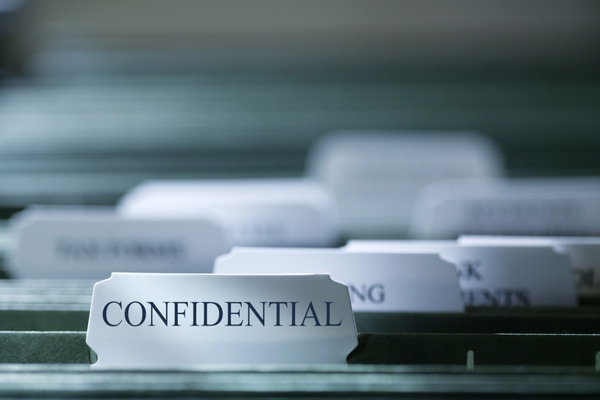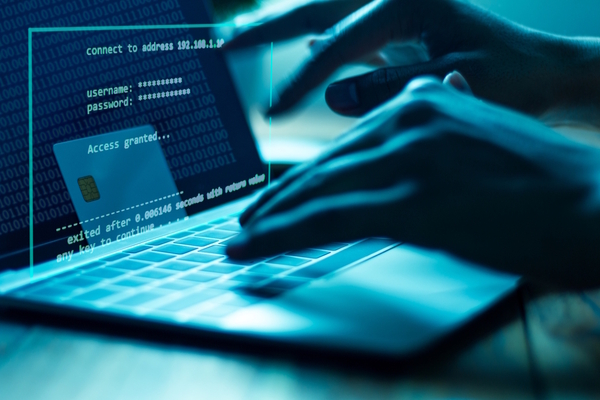The importance of humans in AI systems
Aisling Lane at Compliance & Risks explains why human oversight is essential to AI-powered compliance

The corporate compliance regulatory landscape has never been more complex, or critical, for companies to navigate. Multinational organisations face a constant flood of rules, directives, and guidance from multiple jurisdictions, each with unique reporting obligations, timelines, and enforcement expectations.
For sustainability leaders, the challenge is no longer simply knowing what regulations exist; it is interpreting them accurately, understanding how they apply to specific operations, and acting on them before gaps translate into financial, operational, or reputational risk.
Traditionally, these tasks relied on human teams or legacy software systems, but both approaches have significant limitations in today’s fast-moving environment. Large human teams can only cover so much ground, often leaving compliance departments reactive and stretched thin. Legacy software, meanwhile, provides little beyond generic summaries, forcing teams to manually interpret rules, often in silos. The result: blind spots, incomplete coverage, and a reactive posture that leaves companies vulnerable to fines, disruptions, and scrutiny.
AI Does Not Replace Compliance Judgment
AI fundamentally changes this equation. Unlike generic chatbots or traditional automation, modern AI solutions are purpose-built for corporate compliance. They combine the computational scale of AI with the expertise of regulatory specialists, enabling faster, more accurate, and more defensible decision-making.
But here is the crucial point: AI cannot replace human oversight.
While purpose-built AI can map regulations to a company’s products, geographies, and supply chains with unmatched speed, it cannot provide the contextual judgment, ethical reasoning, or organizational accountability that compliance leaders must deliver. AI generates interpretations, not decisions. Human experts remain the ones who determine how obligations should be applied in practice, balance competing priorities, and ensure compliance strategies align with company values and long-term goals.
Example: If AI flags new emissions reporting obligations for a multinational manufacturer, human compliance leaders must decide how those requirements interact with local labour laws, product design timelines, or public sustainability commitments. AI can surface the regulation, but only humans can weigh trade-offs and set a course of action.
Building Trust Through Traceability and Oversight
Purpose-built AI compliance platforms embed intelligence at the core of workflows; but they are designed to work hand in hand with people. These systems flag areas where confidence is low, trace every output back to the source regulation, and deliver clear, prioritised actions. Human teams then validate, challenge, and refine those outputs. This interaction ensures that regulatory obligations are not only surfaced quickly but also interpreted responsibly.
Example: An AI platform might provide an automated translation of a new regulation issued in a non-English jurisdiction. Human reviewers ensure the translation is legally accurate, culturally nuanced, and correctly applied to the company’s specific sector. Without this human review, small errors could snowball into major compliance failures.
In this model, AI acts as the “regulatory brain,” scanning vast datasets and generating actionable insights, while compliance professionals provide the “conscience,” ensuring transparency, accountability, and defensible judgment. Without that human oversight, even the most advanced system risks being a black box that regulators, investors, and the public may distrust.
Continuous Monitoring, Continuous Responsibility
AI-powered compliance also enables continuous monitoring. Regulations, metrics, and supply chain signals are tracked in real time, offering alerts tailored to each company’s risk profile. But these alerts are only as effective as the human oversight that evaluates them. Someone must decide whether a flagged change is material, whether it requires immediate action, or how it affects strategy.
Example: AI might send an alert that a supplier in the company’s value chain has been linked to deforestation risks. Human compliance officers must decide whether this triggers a contractual review, an internal escalation, or a shift in sourcing strategy, balancing business continuity with reputational risk.
From Burden to Growth Driver, With Humans at the Helm
The benefits of AI in compliance extend far beyond risk mitigation. By mapping obligations to business impacts and predicting regulatory trends, AI allows companies to shift compliance from a cost centre to a growth driver. Yet this shift only succeeds when humans oversee the process, ensuring that opportunities are pursued responsibly, claims are credible, and sustainability efforts align with corporate values.
Example: AI may highlight that upcoming circular economy regulations in the EU create opportunities for product redesign. Human teams must decide how to innovate in ways that not only meet compliance but also differentiate the company in the market.
Investors, regulators, customers, and employees increasingly demand accountability that goes deeper than automated outputs. Human oversight ensures that companies don’t just rely on AI to check a box, but instead deliver compliance as a verifiable, trustworthy, and strategic discipline.
The Future: AI Plus Human Judgment
Looking ahead, AI will continue to reshape compliance, but the role of human professionals will remain indispensable. Compliance officers will evolve from manual gatekeepers to strategic advisors, supported, but not replaced, by AI. Human reviewers of AI, whether positioned upstream within the vendor’s expert network or downstream within the company’s own compliance or legal teams, play a critical role in validating the AI’s output for legal precision, contextual accuracy, and sector-specific applicability. Freed from repetitive research and administrative work, compliance professionals will focus on the higher-order tasks only humans can do: applying ethical judgment, interpreting nuance, managing trade-offs, and embedding sustainability into business strategy.
Organisations that embrace this dual model, with AI for scale and speed, and humans for judgment and accountability, will move faster and with greater confidence than competitors. Conversely, those that over-rely on AI without expert oversight risk not only regulatory penalties but also reputational damage if automated outputs lead to missteps.
About the author: Aisling Lane is the COO of Compliance & Risks.
Main image courtesy of iStockPhoto.com and Thinkhubstudio

Business Reporter Team
You may also like
Most Viewed
Winston House, 3rd Floor, Units 306-309, 2-4 Dollis Park, London, N3 1HF
23-29 Hendon Lane, London, N3 1RT
020 8349 4363
© 2025, Lyonsdown Limited. Business Reporter® is a registered trademark of Lyonsdown Ltd. VAT registration number: 830519543





